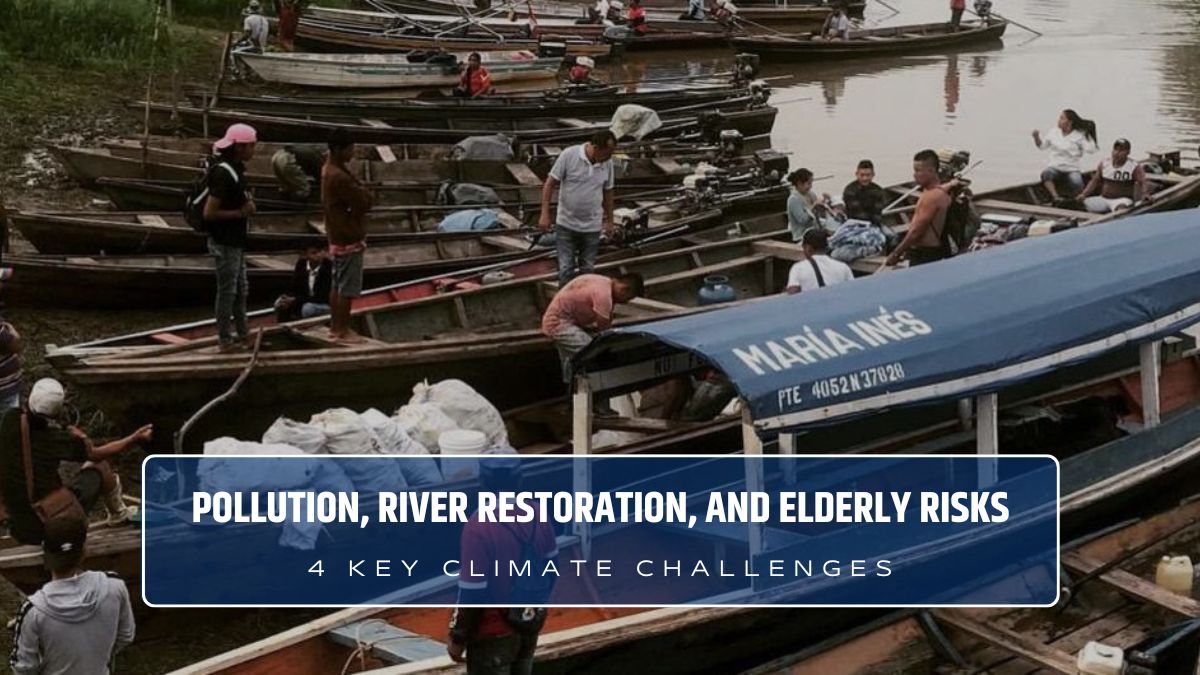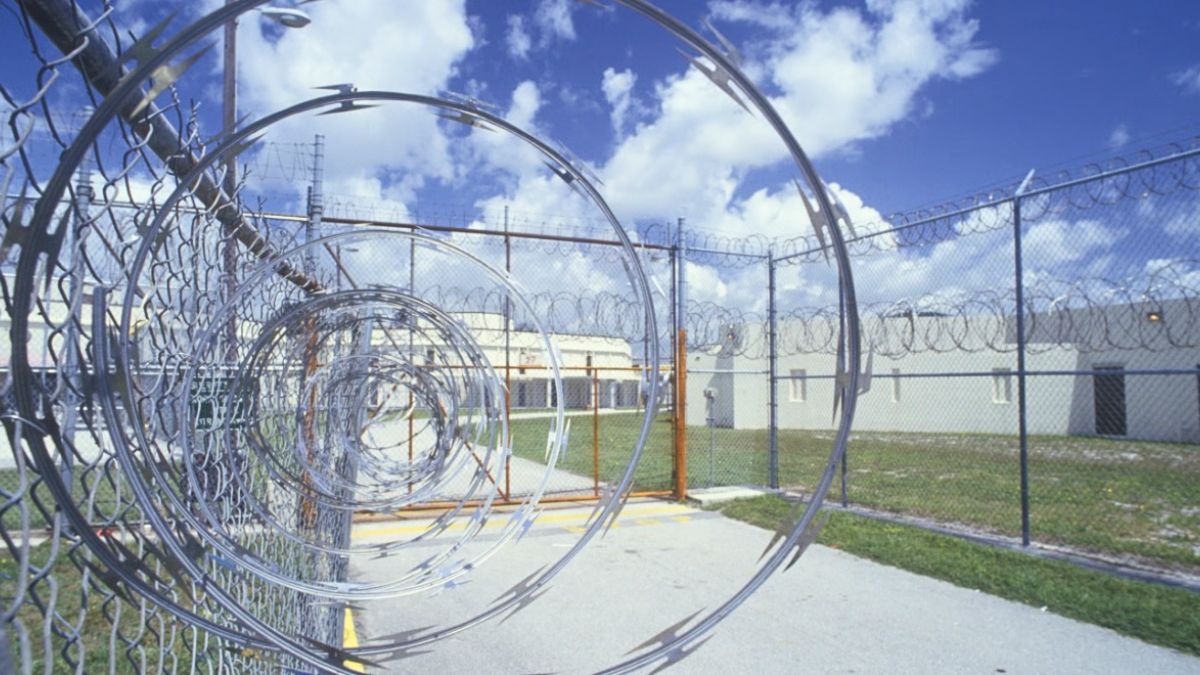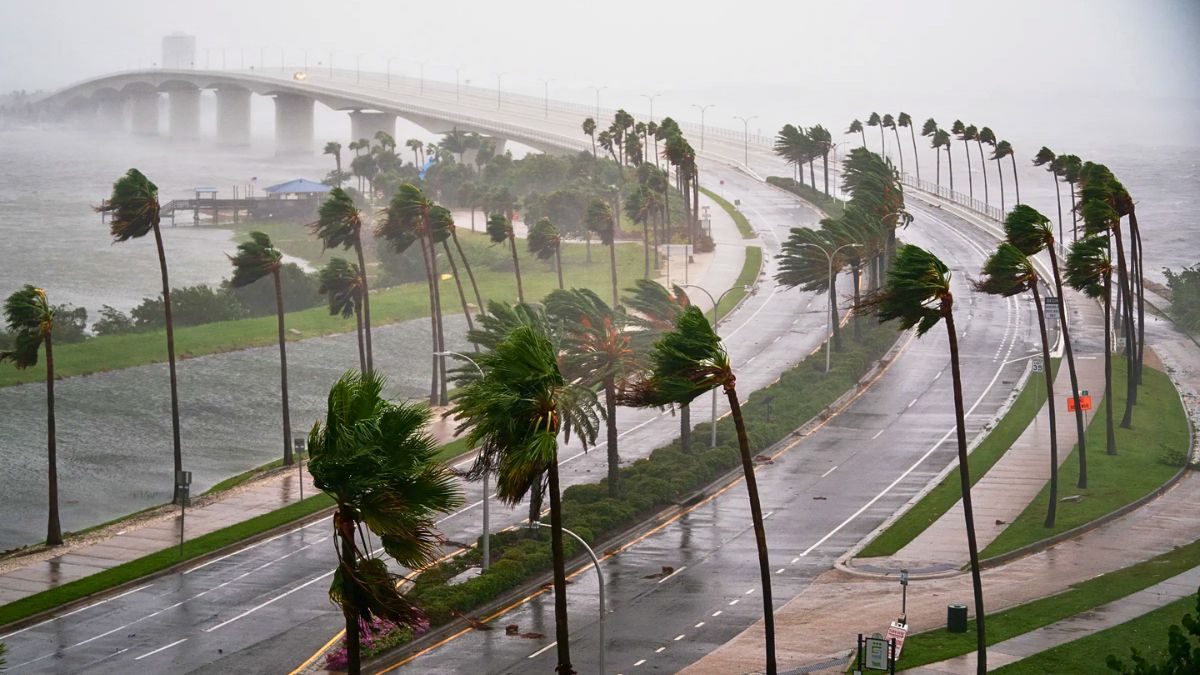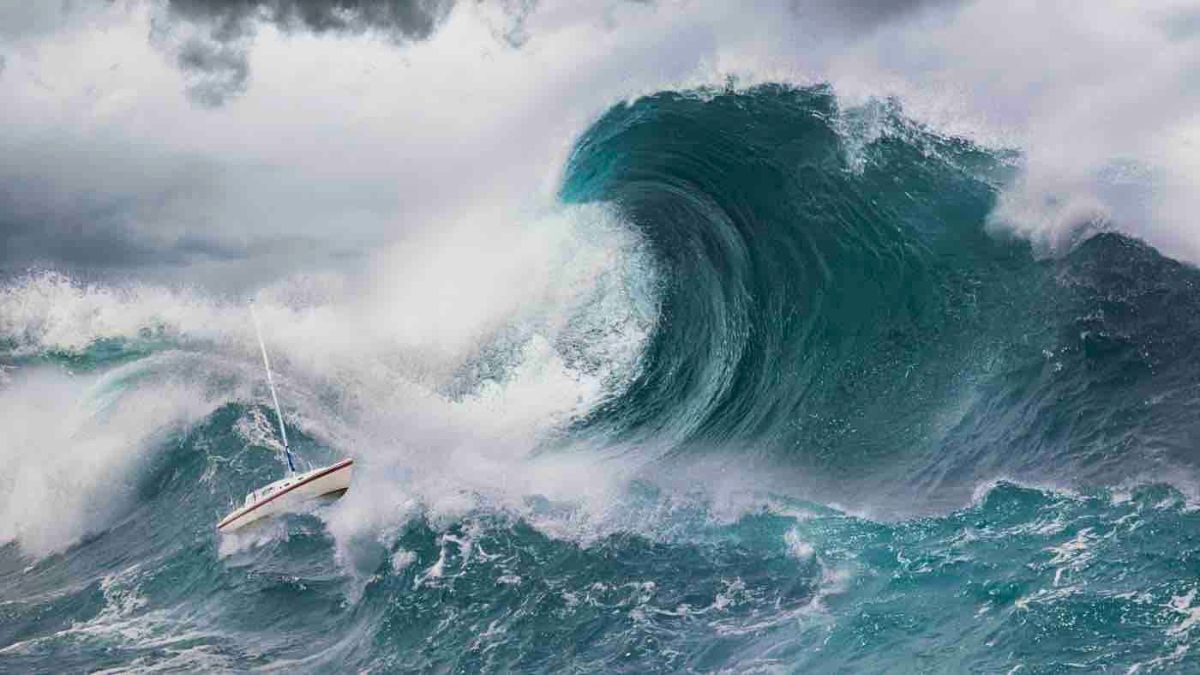The threats from environmental change are no longer distant or hypothetical. From ancient microbes thawing in glaciers to pollutants reawakened by floods, the UN Environment Programme’s (UNEP) Frontiers Report 2025 lays out a stark warning: these risks are already here, and they are growing.
The report spotlights four critical areas where human vulnerability meets accelerating environmental degradation—melting glacier microbes, legacy pollution, dam removal, and the climate risks facing a rapidly ageing population. Each issue, though emerging or localized now, has the potential to become a large-scale crisis if left unaddressed.
Microbes in Melting Ice
Climate change is accelerating the melting of glaciers, ice sheets and permafrost. Within these frozen layers lie dormant bacteria, viruses and fungi—some millions of years old. While most are harmless or dead, others may awaken as global temperatures climb to record highs.
These reactivated microbes could introduce unknown diseases into ecosystems where people and animals are unprepared. While slowing the melt by cutting emissions is crucial, scientists stress the need for proactive measures. This includes monitoring microbial activity in ice, preparing for possible pathogenic threats, and preserving samples to aid research in medicine and biotechnology.
These frozen microorganisms are also scientific treasures. They can provide insights into Earth’s climate history, support the search for new antibiotics, and unlock evolutionary mysteries.
Breaking Down Barriers
In regions like the Colombian Amazon, water scarcity is already pushing communities into crisis. River levels have dropped by up to 80 percent, causing school closures, worsening health outcomes, and increasing risks of child exploitation.
One major factor? Dams. As droughts grow more intense due to climate change, existing dams can worsen water shortages. UNEP’s report highlights how removing obsolete or harmful dams can help restore rivers and improve resilience. Local communities, Indigenous groups and youth are leading the push for undamming, with promising early results.
But dam removal alone is not enough. River restoration must go hand in hand with pollution control, climate adaptation and careful monitoring. Restored rivers often bounce back quickly—but success depends on managing the entire ecosystem.
Elderly at Climate Risk
The global population is ageing fast. By 2050, about 16 percent of the world’s people will be over 65, up from 10 percent in 2024. Most will live in urban areas, which are increasingly prone to extreme heat, air pollution and disasters.
Older adults are especially vulnerable during climate events like heatwaves and floods. Already, rising temperatures are causing spikes in illness and death among seniors, and forecasts from the World Meteorological Organization predict even hotter years ahead.
UNEP calls for adaptive strategies that focus on the elderly. Urban planning, public health systems and emergency services all need to evolve with an ageing, more climate-sensitive population in mind.
Return of Hidden Pollutants
As extreme weather events increase, so do the risks posed by legacy pollutants—chemicals and toxins buried in soil over decades. Heavy rains and floods can stir up contaminated sediments, releasing toxic substances into air and water.
Past disasters have already shown the danger. Pakistan’s 2010 floods, the 2012 Niger Delta floods, and Hurricane Harvey in 2017 all released hazardous compounds stored in sediment, including heavy metals and persistent organic pollutants.
Solutions lie in natural defenses. Nature-based flood protections—like wetlands and green buffers—can slow water and reduce pollutant spread. Long-term strategies also include sediment testing, cleanup investments and planning infrastructure to handle such re-releases.
Here’s a quick breakdown of the Frontiers Report 2025 key themes:
| Risk Area | Key Challenge | Recommended Response |
|---|---|---|
| Melting Microbes | Awakening of ancient pathogens | Monitoring, research, mitigation planning |
| Dam Impact on Rivers | Reduced river flow during droughts | Dam removal, ecosystem restoration |
| Ageing and Climate | Elderly face higher heat and disaster risks | Urban planning and health adaptations |
| Legacy Pollutants | Toxins released by floods and extreme rainfall | Nature-based solutions, sediment testing |
The Frontiers Report makes one thing clear: the pace of climate and environmental change is outstripping the systems designed to protect us. These threats are no longer theoretical—they are already affecting the health, stability and futures of millions. Taking action now is not just wise policy; it’s an urgent necessity.
























